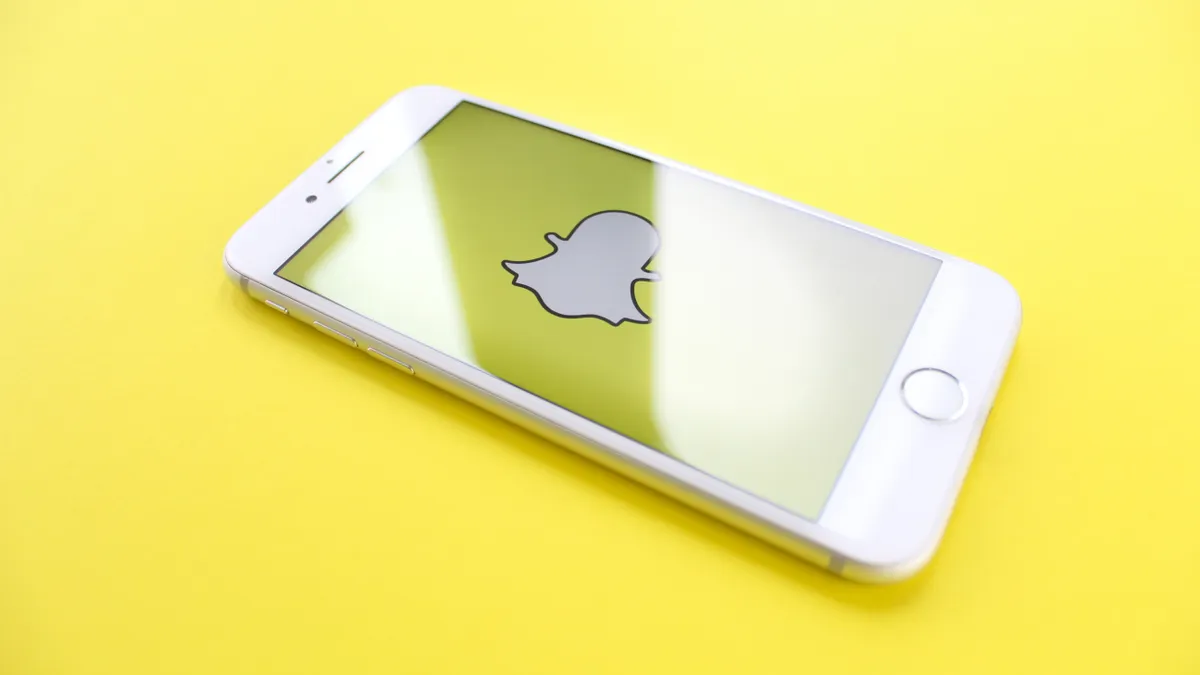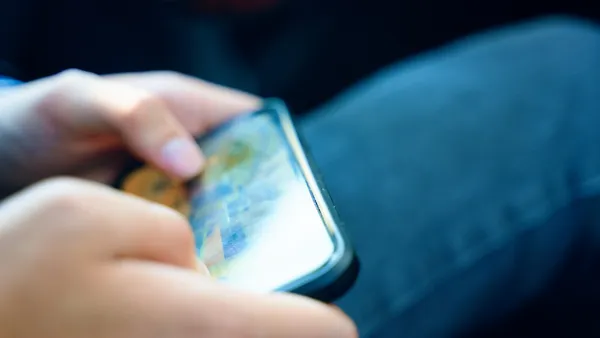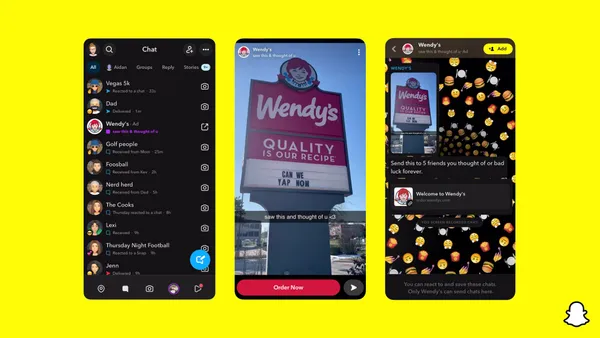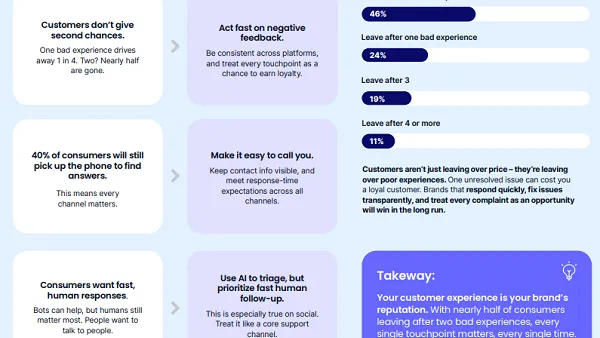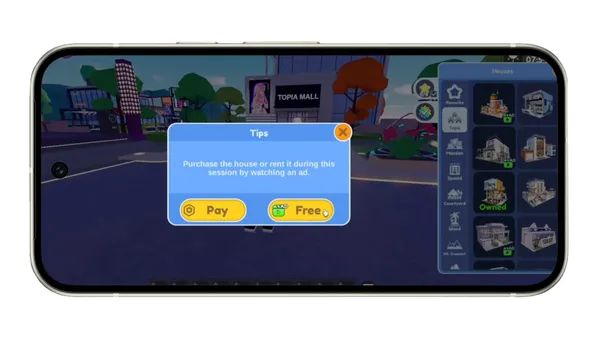Brief:
- Snapchat introduced Extended Play Commercials that can run as long as three minutes after showing six seconds of non-skippable video, giving mobile marketers more time to showcase their brands, according to information the company shared with Mobile Marketer. After the initial six seconds, the ads become skippable. Previously, Snapchat's commercials that run during original shows in its Discover tab were limited to six seconds of non-skippable video.
- The extended format follows the September introduction of video ad formats that included skippable three-minute Snap Ads that appear between or after user-generated content (UGC) in the image-messaging app. The Discover tab features professionally produced content from publishers and studios, along with posts from celebrities.
- Comcast's Xfinity broadband service and carmaker Nissan were among the companies that tested the new longer ad format. Snapchat aims to give more flexibility to advertisers that run 15-second ads for other video campaigns and don't have the ability to cut them to six seconds, per the announcement.
Insight:
While six-second ads were ushered in a few years ago by mobile-first platforms like Snapchat and have since extended to other channels, their short duration presents challenges for marketers in terms of how best to tell a story and whether to cut existing ads down or create original snackable content. By offering a longer ad format, Snapchat can broaden its customer base among marketers who may be struggling with shorter ads but are already creating campaigns for rival platforms like YouTube.
Unlike YouTube's TrueView format that often shows a non-skippable six-second ad before a video, Snapchat's Extended Play Commercials appear mid-roll in its Discover programming. The format aims to be less intrusive while giving Snapchat's 210 million daily users a chance to view more information about brands that interest them.
Snapchat's efforts to expand its audience and to appeal to more advertisers led researcher eMarketer this week to raise its forecast for the image-messaging app and parent company Snap. EMarketer now expects Snapchat's user base to grow 14% to 293 million worldwide by the end of the year — compared with a prior estimate of 281.3 million. By the end of 2023, eMarketer forecasts Snapchat will add more than 63 million users, up from a prior estimate of 52 million.
Snapchat will see particular strength in the U.S., reversing losses triggered by the introduction of an unpopular redesign in early 2018, eMarketer predicted. Snapchat's user base will rise 5.9% to more than 80 million this year, and the app will more than make up for last year's loss of 1.1 million users ages 12 to 17 after the redesign, eMarketer forecast.
New expanded ad formats come as the company seeks to increase its appeal among major advertisers, many of which have avoided placing ads on the platform, as a recent study suggested. More than three-quarters (76%) of advertising professionals said they hadn't advertised on Snapchat, investment bank RBC found in a survey of Madison Avenue executives. The finding suggested that Snap needs to boost efforts to educate advertisers about the platform, which has a desirable demographic of young adults and teens. The company estimates that 75% of U.S. consumers ages 13 to 34 are active on Snapchat.
Snap has introduced several new ad formats and software tools to help brands and publishers share web content to the mobile platform. Last month, it unveiled the Creative Kit for Web to extend functions that previously were only available for mobile apps, giving developers broader distribution within Snapchat and letting them boost web traffic outside the app. The developer tool lets brands more easily add a "Share to Snapchat" button to a mobile or desktop website.
Meanwhile, Snap's Q3 revenue grew 50% year-over-year to $446 million, beating analyst estimates of $435 million while average revenue per user (ARPU) rose 33% to $2.12, the slowest growth since the company went public in 2017. Snap said it expects a Q4 revenue between $540 million and $560 million, compared with $390 million a year earlier, disappointing analysts that had forecast $555 million.


